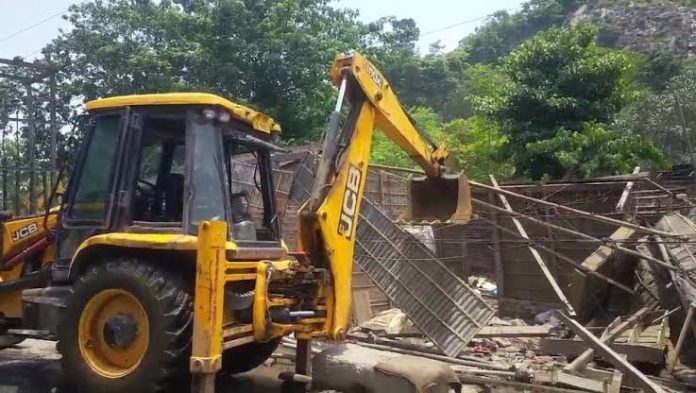– Zaina Aman
14 July 2024: On June 24, a contentious eviction drive in Assam’s Morigaon district left approximately 8,000 residents of Silbhanga village homeless amidst heavy rainfall. The demolition targeted homes predominantly occupied by Bengal-origin Muslims, sparking accusations of discrimination and selective enforcement.
Silbhanga, situated near a defunct railway line, had served as a settlement for families displaced by natural calamities and economic hardships over the past four decades. Mamoni Begum, a local student, expressed profound dismay, recounting how her family had lived in the village across three generations.
The district administration defended the demolition as necessary to clear illegal encroachments on railway property, citing plans for future developmental projects. However, local residents pointed to nearby Hindu residences, temples, and an ashram also occupying railway land, which were conspicuously spared from demolition.
This differential treatment fueled allegations of religious bias and raised concerns about equity in land governance policies. Residents, grappling with the sudden loss of their homes and belongings, emphasized the longstanding roots of their community in Silbhanga.
The incident has reignited debates on minority rights and the need for impartiality in eviction processes, drawing attention to the vulnerability of marginalized communities affected by such governmental actions in Assam.




